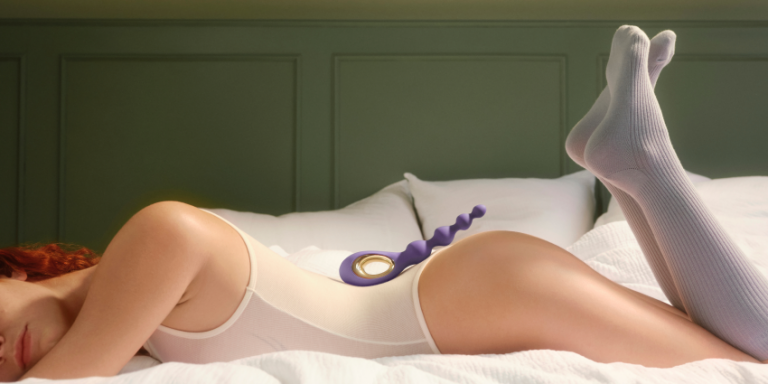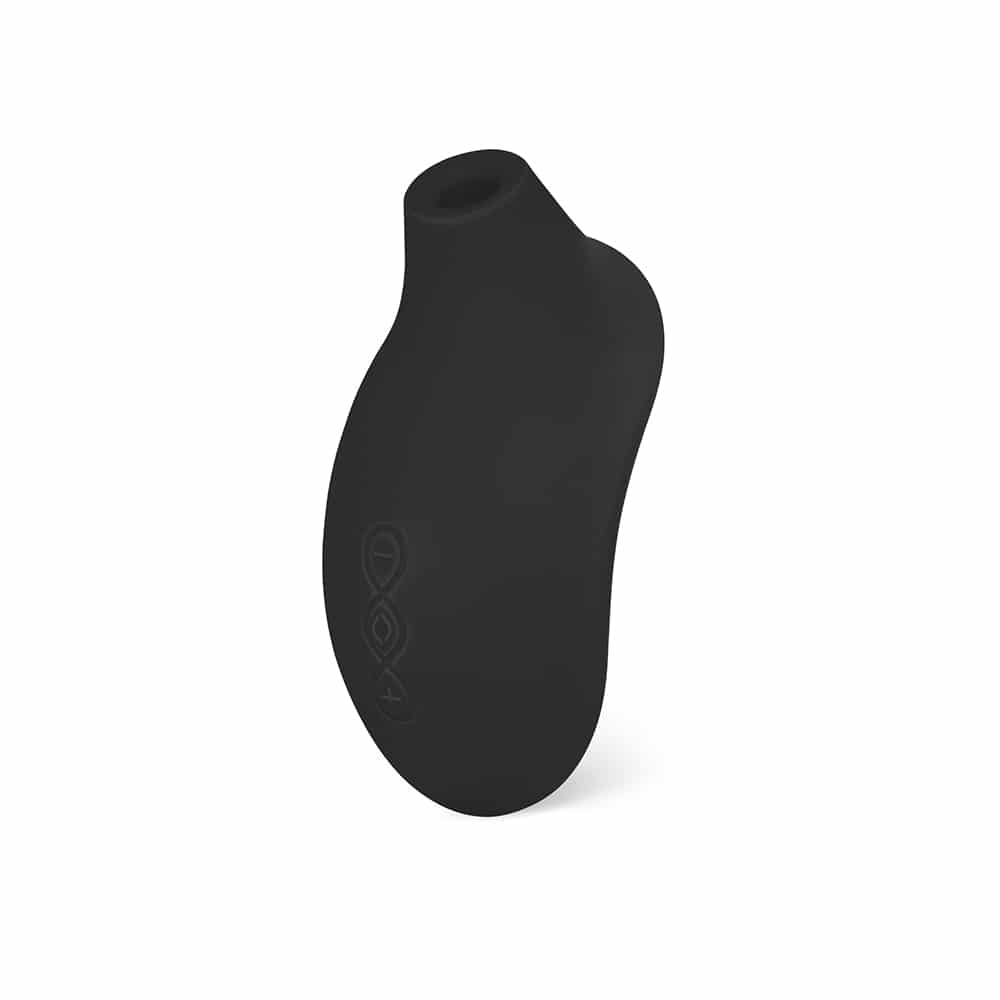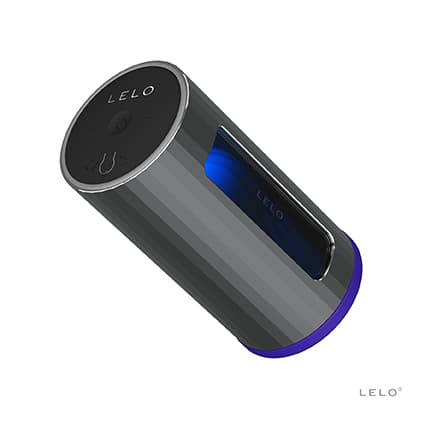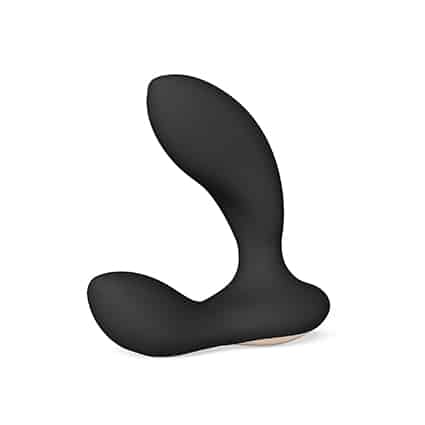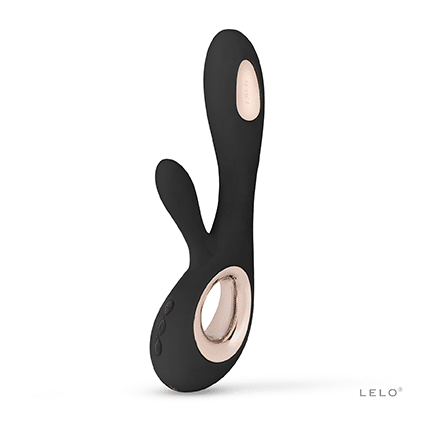Sex toy hygiene is a mandatory part of owning intimate products. While people often invest in toys to enhance their pleasure, they’re not always educated on what it takes to properly maintain and care for their vibrators, strokers, or plugs. Doing so ensures that your body stays protected from infections, bacteria, irritation, and that your toys last as long as possible by caring for their materials properly.
And while there are plenty of sex toy sprays and foams on the market to help you do that, you can also easily make a DIY sex toy cleaner at home. Whether you’ve run out of your favorite sex toy cleaner or want to switch to an eco-friendly, budget-friendly cleaning method, we’ve got your back with these antimicrobial solutions.
Why Proper Cleaning Matters
Without sufficiently cleaning your toys, you risk the buildup of bodily fluids, bacteria, and lube, which can result in infections or pH imbalances. It’s crucial to clean after every use, even if toys look clean, especially if you share with multiple partners. Different materials require different cleaning methods.
For instance, non-porous materials like stainless steel, glass, and silicone can be sanitized in multiple ways and with ease. Ceramic, latex, jelly, rubber, and TPE materials can be porous and may require extra precautions. Knowing how to clean sex toys and the different materials they’re made of will ensure your toy collection lasts a long time and that your sexual health is in tip-top shape.
Common Household Ingredients for DIY Cleaning
A DIY sex toy cleaner can be just as effective as a store-bought one. Some of the best homemade sex toy cleaner options are probably already sitting in your pantry. When diluted with water, white vinegar can be a potent sex toy disinfectant that eliminates bacteria. Baking soda is another form of natural cleaning for sex toys, and it is one of the more powerful natural antimicrobial solutions. It also has anti-fungal properties and is a natural odor and stain remover.
Hydrogen peroxide and 70% Isopropyl alcohol are also effective deep cleaning methods. While hydrogen peroxide kills bacteria and fungi in most toys, isopropyl alcohol may not be suitable for porous toys. It can be used occasionally on silicone, but it’s best to avoid daily use as it can dry out the material, leading to cracking or peeling. Some motorized toys can’t be soaked in cleaning solutions, so wiping them down with the solutions applied to a cloth or paper towel is better.
And don’t underestimate the power of essential oils — when diluted, tea tree oil acts as a natural antimicrobial and anti-fungal agent. Just a few drops in a cup of water can be used on non-porous toys. However, use it with caution — if it’s not diluted correctly, it can cause skin irritation and potentially degrade toy materials.
Cleaning with mild soap and warm water is a foolproof option to clean the surface of toys that will work with most materials. For porous materials, you’ll want to sanitize with your DIY sex toy cleaner afterwards.
DIY Cleaning Recipes for Sex Toys
Basic Soap & Water Solution: For daily cleaning, mix a cup of warm water with a few drops of mild, fragrance-free soap, and wash with your hands or a soft cloth. Rinse until soap residue is gone and pat dry with another cloth or air dry.
Vinegar & Water Solution: For deeper cleaning, mix one part white vinegar with three parts water in a clean bowl. For non-porous, waterproof toys, soak for up to 15 minutes. You can also wipe it down with a soft cloth soaked in the solution, rinsing afterward to get rid of the vinegar smell. Let air dry or pat with a cloth. Don’t use it on porous sex toys as it’s too acidic and can leave lingering odors.
Hydrogen Peroxide Soak: Suitable for non-porous sex toys, use undiluted 3% hydrogen peroxide. If the toy is waterproof or non-motorized, soak for up to 15 minutes. You can also soak a cloth and wipe the toy with it. Afterwards, rinse it under water for 30 seconds to remove traces and avoid skin irritation. Air dry or pat dry with a cloth.
Baking Soda Paste: To experience the stain and odor-removing benefits of baking soda disinfectant, mix a tablespoon of baking soda with enough water to create a paste. Apply it to the toy with a cloth or your finger and scrub it gently. Rinse it well for 30 seconds and let it air dry or pat with a cloth.
Alcohol-Based Spray: This is a no-fuss method for quickly disinfecting a sex toy (especially one that can’t be submerged). Spray 70% isopropyl alcohol directly onto the toy surface and let it air dry. Before and after, wash thoroughly with soap and warm water. This should only be done with non-porous toys. Dry with the methods we’ve outlined above. Don’t use it frequently on silicone as it can dry it out and degrade the material. For motorized toys, don’t spray into charging ports — clean with a damp cloth only in these areas.
Cleaning Methods by Toy Material
Silicone & ABS Plastic: Use mild soap and warm water daily for these toys. 3% hydrogen peroxide and isopropyl alcohol for cleaning are also suitable, but use alcohol sparingly on silicone since overuse can degrade it. Baking soda and vinegar cleaner are also suitable for these methods. If you’re wondering how to disinfect silicone with tea tree oil, the answer is to dilate it extensively as oil exposure can degrade it over time.
Glass & Stainless Steel: These materials are high-temperature safe so that they can be disinfected in boiling water for up to 5 minutes and placed in the dishwasher without detergent. They can be disinfected by any DIY sex toy cleaner, including baking soda, vinegar, alcohol, and hydrogen peroxide. Avoid using abrasive cleaners or scrubbers that can scratch, as well as temperature changes, when cleaning non-borosilicate glass.
Latex & Jelly Rubber: When cleaning sex toys made of porous materials, special care needs to be taken. They should be washed regularly with soap and water, but alcohol, boiling, and hydrogen peroxide will all degrade the material, as can vinegar due to its acidity. Ideally, these toys should be used with a condom, but since they can’t be sanitized to the extent of other materials, they may need to be replaced more often.
Porous Materials: If playing with floggers or other accessories and toys made from fabric or leather, your best bet is spot cleaning with a damp cloth and mild soap, or leather-safe cleaners. For fabric, consult the manufacturer’s instructions and don’t soak or boil it. Avoid harsh disinfectants.
Common Mistakes to Avoid
You should always avoid harsh chemicals like bleach and acetone if your priority is natural cleaning for sex toys. Even scented soaps can degrade materials like silicone over time and have a stronger effect on porous materials. Using products like this to clean toys may lead to genital irritation. Additionally, not cleaning off a DIY sex toy cleaner properly can leave residue on toys that can irritate your genital tissue or damage the material, even when it’s with non-toxic disinfectants.
Glass, metal, and non-motorized silicone are the only safe materials to sanitize via boiling. Toys with electronic components, toys made from low-quality glass, porous toys, and ceramic toys should not be boiled. Lastly, be sure your toys are fully dry before you store them. If you store them damp, they become a breeding ground for bacterial growth, mold, and odor.
Proper Storage Tips
Storing your sex toys properly and regularly ensures that they stay in good shape for many years. After you clean them, dry them thoroughly with a cloth and let them fully air dry, especially toys like suction vibrators and strokers with nooks and crannies.
Opt for breathable storage and keep toys separately in fabric or satin pouches, or some other breathable container. This keeps them clean and scratch-free. When silicone toys are stored closely and rub against each other, they can degrade, which is why separate compartments are ideal.
Your DIY Clean Routine Starts Here
Using a DIY sex toy cleaner is perfectly fine, but education is key to sex toy maintenance and hygiene for adult toys. It’s vital to pay attention to the cleaning method and ingredients the material requires. Knowing these unique properties will equip you with the tools to keep your toys and body happy and healthy. Many of these cleaning solutions can also be a planet-friendly household cleaner, so why not make a big batch of these multipurpose disinfectants?
Try one of the DIY cleaning recipes from our guide and see how it fits into your routine. Have a favorite method or hack? Share your experiences with us in the comments!
Discover pleasure with:

